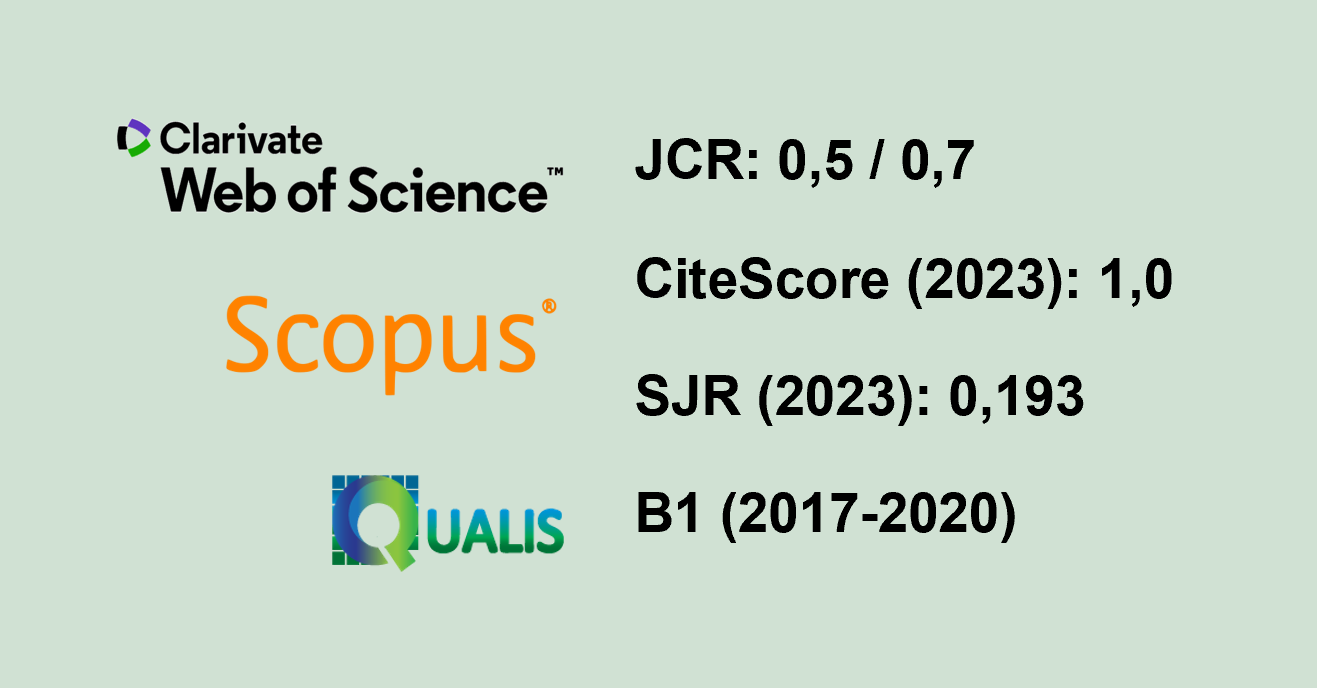FOREST EXTRACTION MANAGEMENT WITH THE INDICATOR OF OVERALL EFFICIENCY OF FOREST MACHINES (OEFM)
Keywords:
Productivity analysis, Forwarder, PerformanceAbstract
Performance indicators are tools capable of exposing measurable characteristics and generating relevant information on forest operations, thus being considered pillars for managers to make agile and assertive decisions. Forest extraction with a forwarder must be improved, understanding the factors that affect the costs of this machine, such as productivity (PR), fuel consumption (FC), operational efficiency (OE), and quality of operation. Thus, the objective of this study was to evaluate the implementation of the Overall Efficiency of Forest Machines (OEFM) indicator in the management of forest extraction data using forwarders. Data were collected during forest harvesting from five operating fleets, in commercial eucalypt plantations, in full-tree and coppice regimes, in the states of Bahia and Espírito Santo. The indicator was expressed as a percentage calculated by OEFM=((4*PR)+(3*FC)+(3*OE))/10. The performance of the machines was evaluated by a stochastic model of dynamic simulation of systems in eight scenarios, proposing improvement for the average individual volume harvested, fuel consumption, and mechanical or operational stops. Analyzes were performed using PowerSim Studio 9 software. The OEFM of two fleets was higher than the established target of 95.17%, with 95.72% and 97.44%. The OEFM indicator proved to be useful in the management of forest extraction with adequate and easy-to-understand information from a large amount and variety of data. The stochastic simulation model was efficient to study the impact on the global efficiency and the flow of wood extraction by the forwarder.
Keywords: Productivity analysis; Forwarder ; Performance.
Downloads
Published
How to Cite
Issue
Section
License
Copyright (c) 2022 Revista Árvore

This work is licensed under a Creative Commons Attribution 4.0 International License.
All authors agreed to submit the work to Revista Árvore and granted the exclusive license to publish the article. The authors affirm that it is an original work and has not been previously published elsewhere. The scientific content and opinions expressed in the article are the sole responsibility of the authors and reflect their opinions, not necessarily representing the opinions of the editorial board of Revista Árvore or of the Society of Forest Investigations (SIF).




